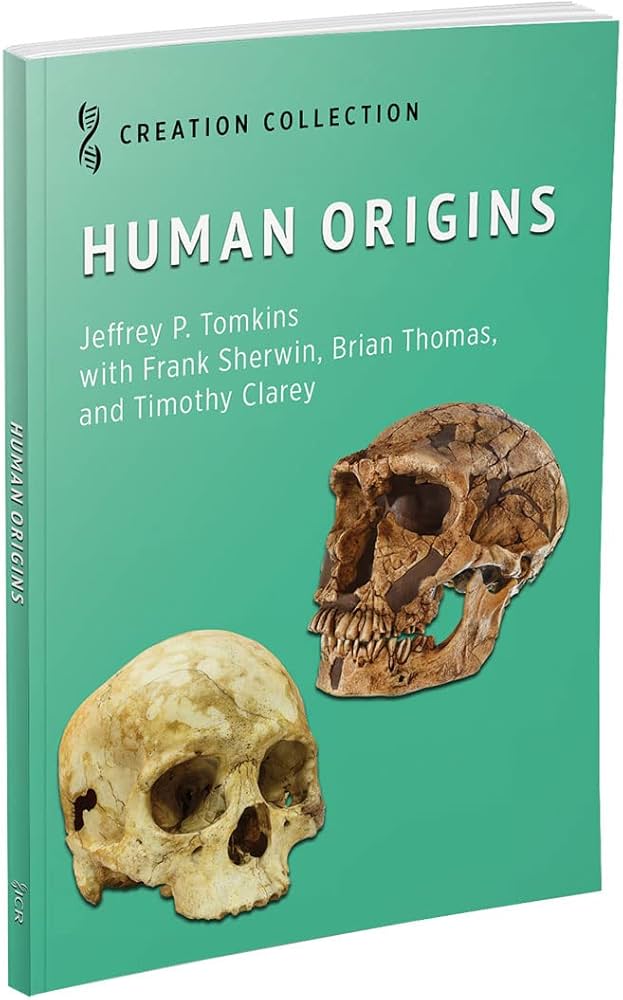There is a reason why people walk down the street with their eyes glued to their cell phones. They want to find out the latest news! It is indeed true that everyone is curious and likes a good story, and especially the ending to a good story. Many stories however actually are never ending. They may start in a very simple fashion, but as time goes on, the details become more and more complicated.
Many stories or interpretations in science, for example, are like this. At first the idea is straightforward, but as more studies are conducted, the story becomes more difficult to follow. Consider, for example, Darwin’s proposals about evolution. He observed that individuals in a population of organisms differed in various small details. He then argued that those individuals which were better endowed, would be the ones to leave more offspring. This was the simple story that Darwin developed to explain evolution. There were many people who did not think that this scenario of changing proportions of traits in the population could explain the appearance of new body plans. The process might explain why there were more big or small individuals (or whatever) in the population, but it could not explain the appearance of new body plans (such as insect or fish) which require a lot of new information compared to that found in other kinds of creature. But no matter, Darwin’s scenario became the basis for evolution theory in the years to come.
Later, biologists became aware of genes, distinct characteristics, which could be inherited in predictable proportions in the offspring. To accommodate this new idea to Darwin’s story, population biologists studied groups of individuals to discover how fast populations could undergo major shifts in characteristics. This was still Darwin’s basic story, only biologists now explained it in terms of genes and whole populations. They still did not know, if evolution were true, how the information for new body plans could develop.
Then along came Watson and Crick in 1953 with a description of the structure of DNA. Soon biochemists realized that the order of component “letters” or nucleotides making up the DNA strand, was the feature which determined the structure of proteins which are so important to life processes. Genes were now understood in terms of nucleotide sequences. Biologists thought that the genome [totality of DNA present] carried all the information necessary to make an organism. So now Darwin’s story needed to accommodate the make-up of genes in the DNA. These sequences obviously required huge amounts of information to assemble and manage their functions, but Darwin’s story could not explain where thisinformation came from, if evolution were true.
Initially biologists expected that the human genome would include about 100,000 genes. Imagine their surprise when the human genome study was completed (in the year 2000), and they found that there were only about 20,000 protein coding genes. What was the other 98% of the DNA doing?
Another interesting discovery from the Human Genome Project was that genes were not discrete units of letters/nucleotides. In a given stretch of DNA, there could be readings that overlap part of adjacent genes, and numerous stretches of nucleotides were edited out of copies before being read for protein structure, with some more or fewer edits used to produce different proteins from the same basic strand of letters. Also, some proteins even are derived by reading a sequence backwards. Obviously, the picture became a lot more complicated but explanations, if evolution were true, for why the cell worked this way, were not forthcoming.
Then in 2012, the results of the ENCODE international study suggested that most of the 98% non-protein coding sections of DNA were involved in organization and regulation of the workings of the cell. Still there were no insights into where the information to organize all these details came from. But it made biologists more aware that they do not know what a gene actually is. For sure it is not a discrete collection of nucleotides all strung in a row.
Up to this point, biologists considered that the genome, or collection of DNA letters in an organism, represented the blueprint for life of that creature. A blueprint is the plan for what an organism looks like and how its body works to allow for the processes of life. However early in 2024, a new book was published entitled How Life Works: a User’s Guide to the New Biology. The message of the book was so dramatic that Denis Noble, retired professor of physiology and biology from Oxford University, almost immediately wrote a review which was shortly published in Nature (Feb. 8, 2024 pp. 254-255). The title of his review is “Genes are not the blueprint for life.”
In his article, Dr. Noble declares that “agency and purpose”, or in other words information and intelligence are the factors that control what each organism is like. He thus insists “agency and purpose are definitive characteristics of life that have been overlooked in conventional gene-centric views of biology.” (p. 255) Dr. Noble quotes the book’s author Philip Ball “we are at the beginning of a profound rethinking of how life works.” Casey Luskin, in a commentary on Denis Noble’s article, likewise suggests that Dr. Nobel is telling us that life is “far more interesting and wonderful” than biologists have considered to this point. https://evolutionnews.org/2024/02/denis-noble-in-nature-time-to-admit-genes
Darwin’s story, so far, then brings us to mainstream biologists who are realizing that scientific explanations to this point, have not been able to explain where the design of living organisms came from. Creationists, on the other hand, reply that when it comes to life, “agency and purpose” can only come from God. A partial realization by mainstream scientists that agency and purpose (marks of intelligence) are needed to explain life, is a big step forward. This makes 2024 a most remarkable year in biology. As Dr. Noble declares: “It’s time to stop pretending that, give or take a few bits and pieces, we know how life works.” Creationists have always made this clear. This is indeed a fitting rest of the story, so far.
Moxie
July 2024
Subscribe to Dialogue







